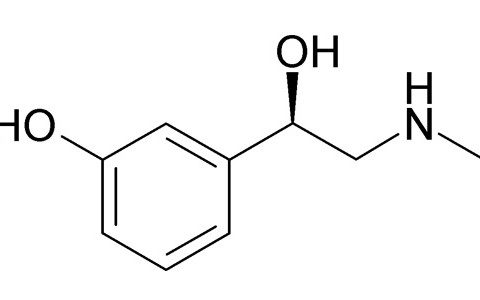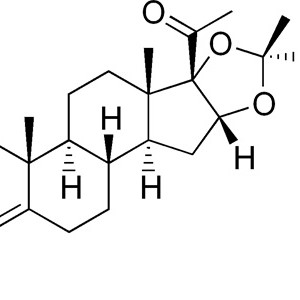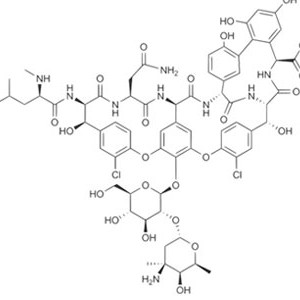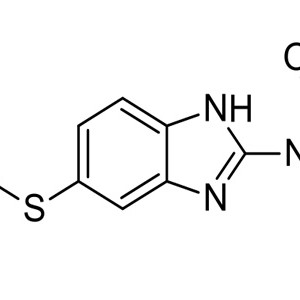Welcome visitor you can
login or register
0 items - $0.00
No products in the cart.
Phenylephrine Hcl
Phenylephrine is a selective α1-adrenergic receptor agonist of the phenethylamine class used primarily as a decongestant, as an agent to dilate the pupil, and to increase blood pressure. Phenylephrine is marketed as an alternative for the decongestant pseudoephedrine, though clinical studies show phenylephrine to be no more effective than placebo.[1][2] Phenylephrine can also cause a decrease in heart rate through reflex bradycardia.[3]

Make an enquiry for this product
Category: Active Pharmaceutical Ingredients
Starting at
Product Description
| (R)-3-[-1-hydroxy-2-(methylamino)ethyl]phenol |
| Pregnancy category |
US: C (Risk not ruled out) |
| Legal status |
UK: General sales list (GSL, OTC) US: OTC |
| Routes of administration |
Oral, intranasal, ophthalmic, intravenous, intramuscular |
| Bioavailability | 38% through GI tract |
| Protein binding | 95% |
| Metabolism | Hepatic (monoamine oxidase) |
| Biological half-life | 2.1–3.4 h |
| CAS Number | 59-42-7 61-76-7 (hydrochloride) |
| ATC code | C01CA06 R01AA04, R01AB01 (combinations), R01BA03, S01FB01, S01GA05 |
| PubChem | CID: 6041 |
| IUPHAR/BPS | 485 |
| DrugBank | DB00388 |
| ChemSpider | 5818 |
| UNII | 1WS297W6MV |
| KEGG | D08365 |
| ChEBI | CHEBI:8093 |
| ChEMBL | CHEMBL1215 |
| Formula | C9H13NO2 |
| Molecular mass | 167.205 g/mol |
|
SMILES[show] |
|
|
InChI[show] |
|




